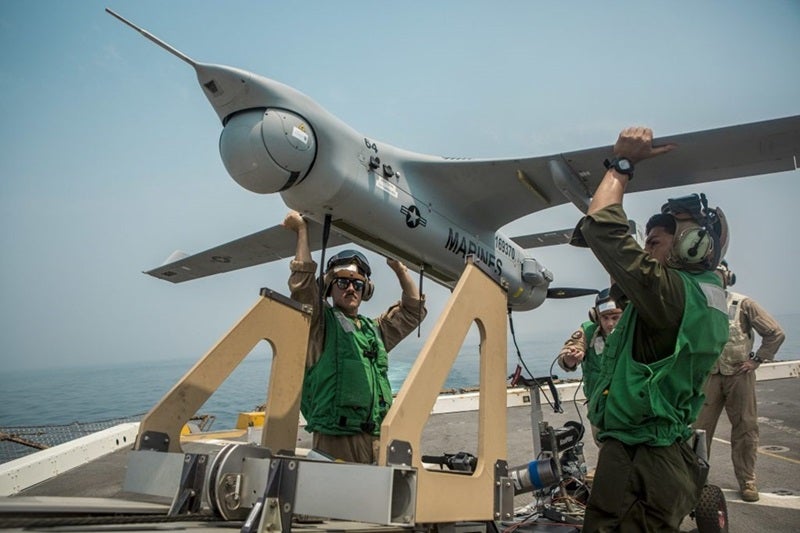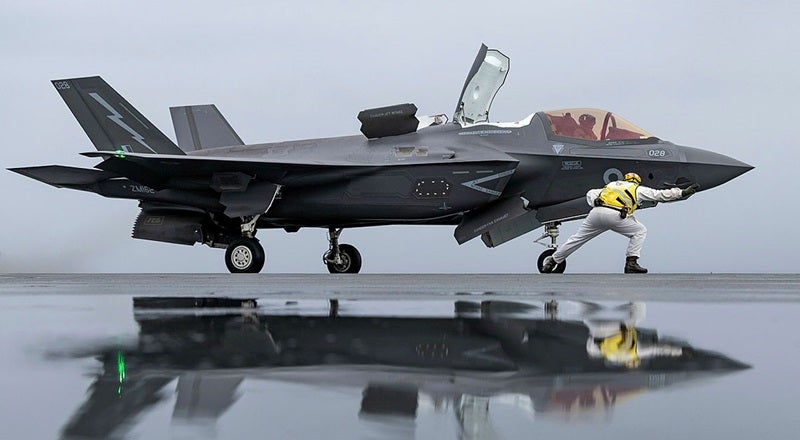Following the dramatic unveiling of US tariffs imposed on the world, delivered from the White House Rose Garden recently, countries and companies will assess the damage and, in some cases, like China, respond in kind.
China and the US will continue to cut each other off from from necessary materials and markets in a power play that intersects with their military competition in the Indo-Pacific theatre.
Meanwhile, Western supply chains confront burning questions in the transition from a free trade order to a protectionist one.
China targets US drone builders
China, a peer rival on the world stage, retaliated with its own countermeasures against the protectionist regime after receiving the largest levy of 34%, raising the total tariffs on China this year to 54%.
Reinforcing its decision, China’s Ministry of Commerce also published a black list a few days later precluding 11 American defence suppliers from trading and investing in the People’s Republic of China. These entities mainly include drone builders such as Kratos, Red 6, Skydio and Insitu, a Boeing subsidiary, among others.

This move will cut these leading American defence companies off from the rare earth elements market, a coveted market for manufacturing defence products, and one that China dominates.
The country has already implemented export controls on certain medium and heavy rare earths including dysprosium, gadolinium, lutetium, samarium, scandium, terbium, and yttrium.
China’s decision is also reciprocal in the sense that the US Department of Defense updates its own list of Chinese companies based in America that it considers military entities.
Trusted suppliers brace for impact
It is simple enough to realise the impact of moves and countermoves in the ensuing trade war. However, it is more difficult to determine the extent of the collateral damage on foreign businesses that contribute to US defence projects.
Will the cost of shared platforms grow? Will there be a mechanism that protects certain defence projects from inflation?
After 80-years of close industrial cooperation, from the Manhattan Project to AUKUS, the US defence industrial base still benefits from parts, systems, and knowledge offered by its allies.

Speaking on condition of anonymity, sources at UK defence companies said that they were still assessing how the tariffs would impact their operations.
UK defence suppliers are firmly established in a number of US military programmes, using both manufacturing sites in the UK as well as locations in the United States.
In particular, Britain’s defence aerospace industry is heavily involved in the US-led F-35 programme, providing airframe parts, electronic warfare systems, and avionics, among other components.
Notably, the F-35 programme is a competitive international supply chain where work on the combat aircraft is won and secured on merit, it is not a workshare agreement, according to Maria Eagle, the UK Defence Procurement Minister, in a parliamentary written response on 5 February.
This is a testament to the value of the British contribution, which is, she said, approximately 15% of every F-35 fighter jet delivered globally.



